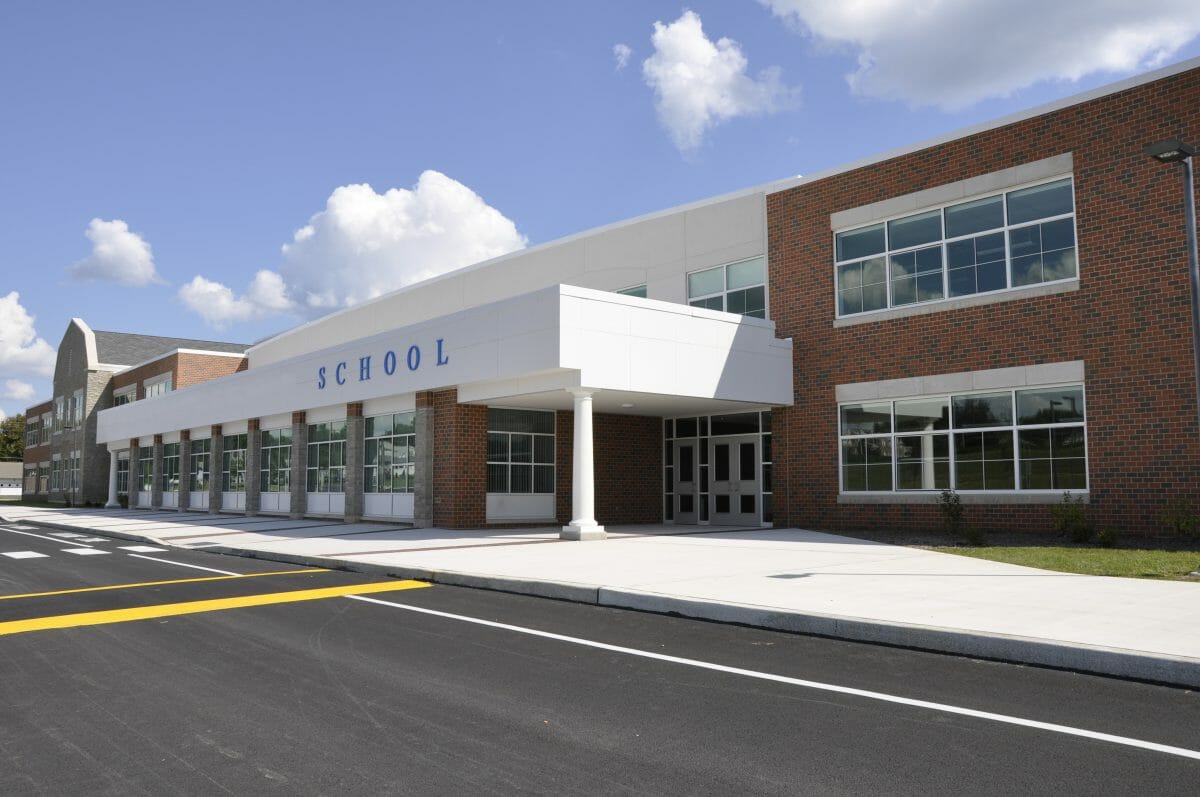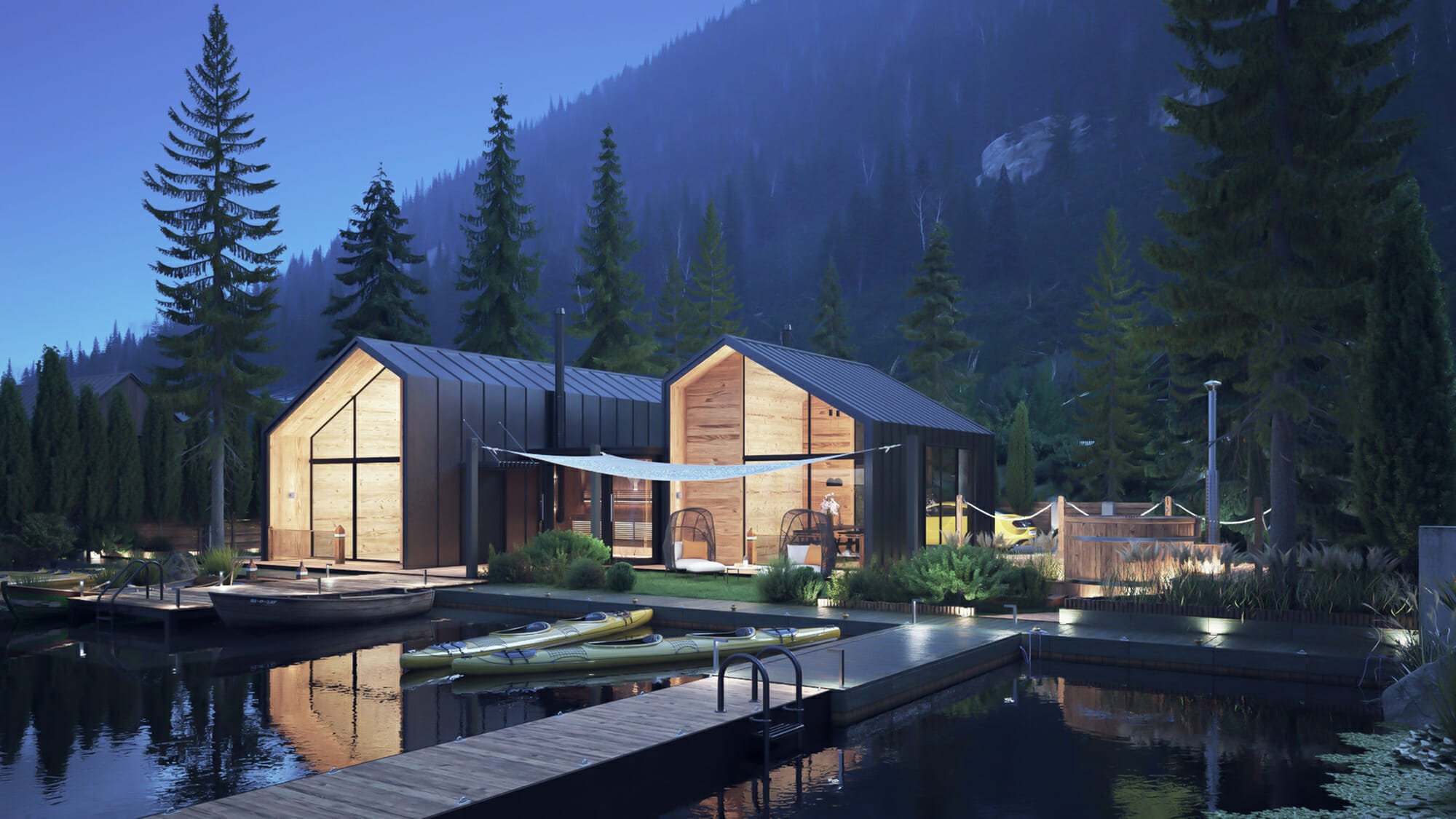Why Greenix GX Panels Fit Type 2 Construction

Type 2 construction is a term used in the construction industry to describe a building that is made primarily of non-combustible materials. These materials are designed to resist fire and prevent it from spreading throughout the building. Type 2 construction is often used in industrial and commercial buildings where there is a higher risk of fire, such as factories, warehouses, and storage facilities.
In addition to non-combustible materials, type 2 construction also includes specific structural elements that contribute to the building’s fire resistance. These elements include steel beams, concrete floors, and masonry walls. Together, these materials and structural elements create a building that is highly resistant to fire and able to withstand extreme temperatures. Understanding type 2 construction is essential for architects, engineers, and builders who work on industrial and commercial projects, as it is a critical aspect of ensuring safety and compliance with building codes.
Non-Combustible Materials in Type 2 Construction
You can now use the Greenix GX structural steel fire rated panel system as a combustible material in Type 2 Construction, there are not a lot of non-combustible options available when using SIP panels. Type 2 Construction is typically known for using a variety of non-combustible materials such as concrete, steel, and masonry. These materials are highly resistant to fire and can help prevent the spread of flames in case of a fire. Now with the fire rated Greenix GX panel system another option has been introduced to the AEC industry.
The GX Panel is becoming a popular choice for Type 2 Construction because it is incredibly strong and durable. It can withstand high temperatures and the Class 1 Type A Fire Rated polyurethane foam core does not burn and only chars at 1200 degrees, making it an ideal material for fire-resistant structures. The GX panel has Steel on both sides and steel is also commonly used in Type 2 Construction because of its strength and fire-resistant properties. It can be used for the building’s frame, as well as for doors, windows, and other components. SIPs combined with masonry, which includes materials such as brick and stone, creates a higher insulated non-combustible option that can be used in Type 2 Construction. These materials are not only fire-resistant but also offer excellent sound insulation and energy efficiency.
Structural Elements of Type 2 Buildings
Let’s explore the key components that make up the structure of a type 2 building. The most important structural elements of type 2 construction are the columns and beams. These are typically made of steel or reinforced concrete, which are extremely strong and durable materials that can withstand high levels of stress and pressure. The columns and beams are designed to support the weight of the entire building, including the floors, walls, and roof. They are strategically placed throughout the structure to provide maximum stability and strength.Wrapping the columns and beams with a fire rated SIP product enhances the protection and hourly rating of the structural element of any structure, Easily adding 1 or 2 hour fire rating to meet basic or extreme fire conditions.
In addition to the columns and beams, type 2 buildings also feature a variety of other structural elements. For example, the walls are typically made of masonry or concrete, which provide additional strength and stability. Adding a fire rated SIP panel to the wall system not only adds structural strength but another 1 or 2 fire rated hour of protection. The floors and roof are usually constructed using steel or reinforced concrete, which are able to support heavy loads without buckling or collapsing. Again adding fire rated SIP construction can greatly enhance the performance of the entire structure. Overall,adding the structural elements of a fire rated structural SIP to a type 2 building design provides and creates a safer protected structure that can withstand higher wind loads and a variety of environmental and man-made stresses.
Fire Resistance and Building Codes
Now, if you are planning to build a new structure or renovate an existing one, it is crucial to understand the fire resistance requirements set forth by building codes. Type 2 construction buildings, which are made of non-combustible materials such fire rated steel SIPs, concrete, steel, and masonry, are known for their fire resistance. However, it is still necessary to comply with building codes and fire safety standards to ensure the safety of the occupants and the durability of the structure.
Building codes have specific requirements for the fire resistance of different building elements, such as walls, floors, roofs, and structural members. These requirements are based on the type of construction, occupancy, and the height and area of the building. For example, walls separating dwelling units in multi-family buildings must have a minimum fire resistance rating of one hour, GX panels provide the structural component as well as the fire rating in this application while cutting cost in materials and labor. While walls in a high-rise building must have a rating of two to three hours by adding fire rated sheetrock and fire caulking to the GX panel you can meet all these requirements faster and reduce the overall cost associated with fire rated walls. By following these codes, you can ensure that your building is safe and in compliance with local regulations.
Advantages of Type 2 Construction in Industrial and Commercial Buildings
Using non-combustible materials like GX SIPs with concrete, steel, and masonry in industrial and commercial buildings has many advantages. Firstly, Using the GX type 2 panel in construction provides a higher level of fire resistance compared to any other types of SIP construction. This is because polyurethane for cores of steel SIPs materials do not burn, and combined with the standard in type 2 construction like concrete and steel that doesn’t melt or produce toxic fumes when exposed to fire. As a result, buildings constructed with type 2 materials are less likely to collapse during a fire, giving occupants more time to evacuate safely.
Secondly, type 2 construction is more durable and can withstand harsh weather conditions and natural disasters better than other types of construction. This is because non-combustible materials such as the GX panel system are not affected by moisture, pests, or rotting, and do not require frequent maintenance and repairs. As a result, industrial and commercial buildings constructed with type 2 materials have a longer lifespan and are more cost-effective in the long run. Moreover, type 2 construction is preferred by insurance companies due to its high level of fire resistance, which can result in lower premiums for building owners.
Understanding Type 2 Construction in the Construction Industry
New Non-combustible materials like fire rated steel skinned polyurethane foam core SIPs, concrete, steel, and masonry are highly sought-after in the construction industry for their durability and fire resistance. Type 2 construction, also known as non-combustible construction, utilizes these materials to create buildings that are less susceptible to fire damage. This type of construction is commonly used in commercial and industrial buildings where fire hazards are prevalent. The fire rated GX SIPs can also be used and are typical in residential construction, multifamily and specialty projects throughout the AEC industries..
The Greenix GX fire rated SIP is a load-bearing component of the structure that can be designed to withstand high temperatures for extended periods without collapsing. This added level of safety is especially important in buildings where large numbers of people work or live, as it gives occupants more time to evacuate in the event of a fire.
Frequently Asked Questions
Conclusion
In conclusion, type 2 construction is a common building method used for industrial and commercial buildings. It uses non-combustible materials such as Fire rated SIPs, concrete and steel for structural elements, providing increased fire resistance. This type of construction is advantageous in industries that require high safety standards, such as pharmaceutical or chemical manufacturing.
While type 2 construction products and designs may have a higher upfront cost compared to other building methods, it provides long-term benefits such as durability, low maintenance, and increased safety. Understanding type 2 construction is crucial in the construction industry, as it ensures that buildings are built to meet fire safety and building code standards. Overall, type 2 construction is a reliable building method that provides peace of mind for building owners and occupants.



